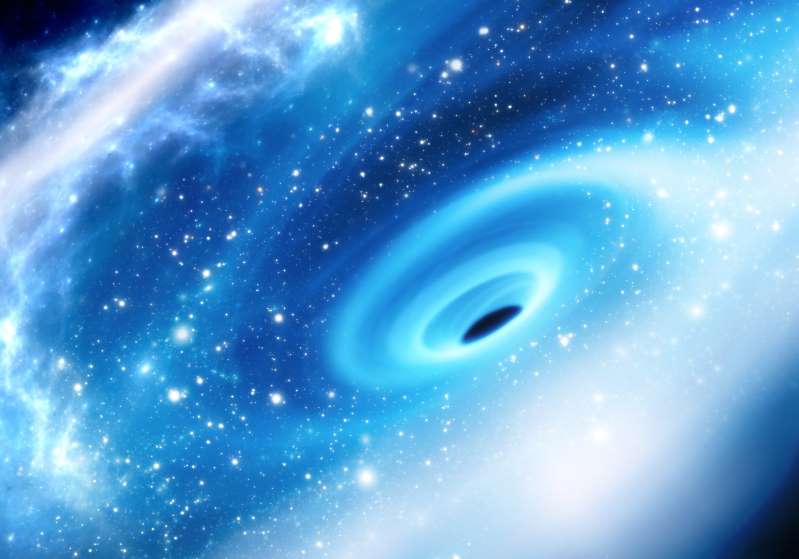
Scientists Discover Supermassive Black Hole Located At The Center Of A Tiny Galaxy
According to a study published in Royal Astronomical Society’s Monthly Notices, Scientists have discovered a supermassive black hole in the middle of a tiny galaxy.

The galaxy is related to a most recent discovery of stellar systems which are unusually rare of the class commonly called as ultracompact dwarfs (UCDs), which is in fact were found to have been populated by older stars. The galaxy is called as Fornax UCS 3.
UCDs are generally larger, massive and brighter than the biggest globular clusters which are large groups of ancient stars packed closely in the spherical type of form in the Milky Way. But along with that, they are very much more compact when compared to typical dwarf galaxies of comparable luminosity, as per the details were given by Steffen Mieske who is an astronomer at the European Southern Observatory’s Very Large Telescope (VLT) facility located in the Desert of the Atacama in Chile. The astronomer was not involved in the research.

The UCDs have a radius that tends not to go further three hundred light years, but their mass goes upto several tens of millions of solar masses. In comparison, Milky Way’s radius is approx. 50,000 light years and is considered to be about hundreds of billions of times compared to our Sun.
Despite the status of Fornax’s of being a dwarf, the scientists belonging to the Lomonosov Moscow State University (MSU), Russia, were able to find it out that the mass of the black hole at its center was almost equivalent to about 3.5 million suns, that is, approximately the same compared to that of a black hole that lies at the heart of our galaxy, called as Sagittarius A*.
At the center of Fornax, a black hole is the fourth ever to be found in any of the discovered UCDs corresponds almost to around 4 percent of the galaxy’s total mass. In galaxies which are normal, the ratio is significantly low approximately 0.3 percent.
The team dedicated to identifying the black hole used collected data from SINFONI (an instrument used to detect infrared at one of the VLT’s 8-meter telescopes. The patterns found in the data has got only one explanation by the presence of a massive central black hole, as per the details were given by the researchers.
A handful of such known examples are available out of which the existence of black holes located at the center of UCDs supports the tidal origin hypothesis of these galaxies.
You May Also Read: Congress Aims To Expose Modi Government Through Month-Long Countrywide Agitation Campaign